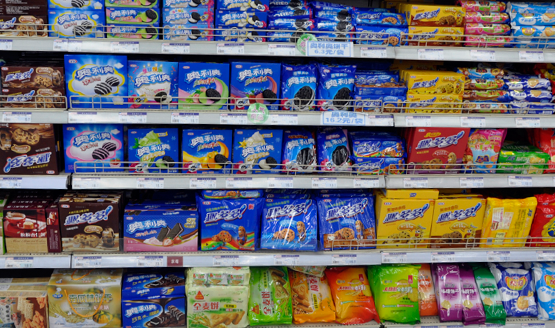
One of the most important activities for a marketing specialist is to learn what competitors are doing.
The curious marketing person thus constantly looks at what happens in the shops, be it supermarkets, kiosks or the “7-Eleven” types of corner shops.
We call this “store-checking”, quite a tiresome activity, as it demands a lot from your brain when analysing not only display activities, but equally look at back panels, secondary packaging or other product categories than food and drinks. Why other categories? Because that is where you pick up ideas! It’s called “cross-fertilisation”, i.e. enrichment of knowledge.
It is obviously important to know what the direct competitors are doing, but we are not in business to copy them, unless you are a Chinese company!
How do you discover for instance a trend? Well, we can take Innocent smoothies as a good example as their approach to communication on packaging proved that if you make your communication INTERESTING, the consumer will notice it and read it. What does this mean in marketing terms? … that the bond between the brand and the consumer has been strengthened, which in the long term is far more important than for instance advertising. Well, we obviously have to do it all if we wish to increase our business, i.e. advertising, POS, package communication, website, secondary packaging communication (e.g. shippers), etc.
It is a bit surprising to see how few companies have been inspired by Innocent, well even by ARLA in Sweden who have a similar contact with their consumers since some 20-30 years.
The French company Michel & Augustin was inspired, but unfortunately made the same mistake as most companies/brands do today, i.e. too much information, thus arriving at too small texts which do not invite to be read as today’s free dailies (e.g. Metro) which are the best examples of great communication.
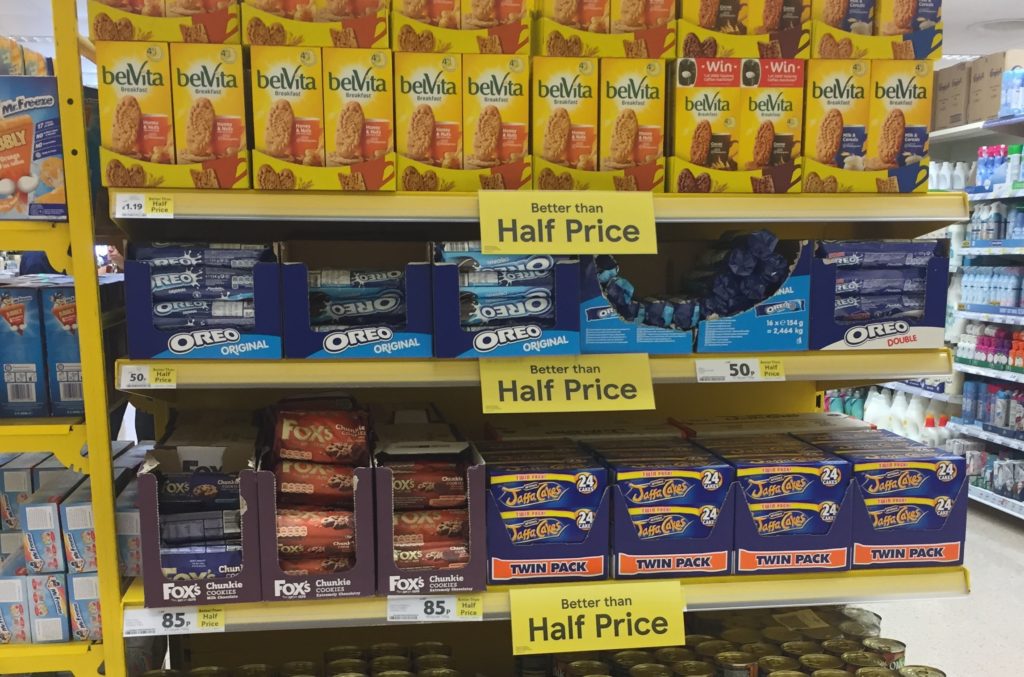
When store checking, you furthermore have the possibility to put questions to consumers when they pick up a pack, be it your own brand or the competitor’s. The best market research at no extra cost! And then you yourself have the chance to taste or to use the products you pick up and learn from…
EY!
[ add comment ] ( 125 views ) | permalink |




 ( 3.1 / 1899 )
( 3.1 / 1899 )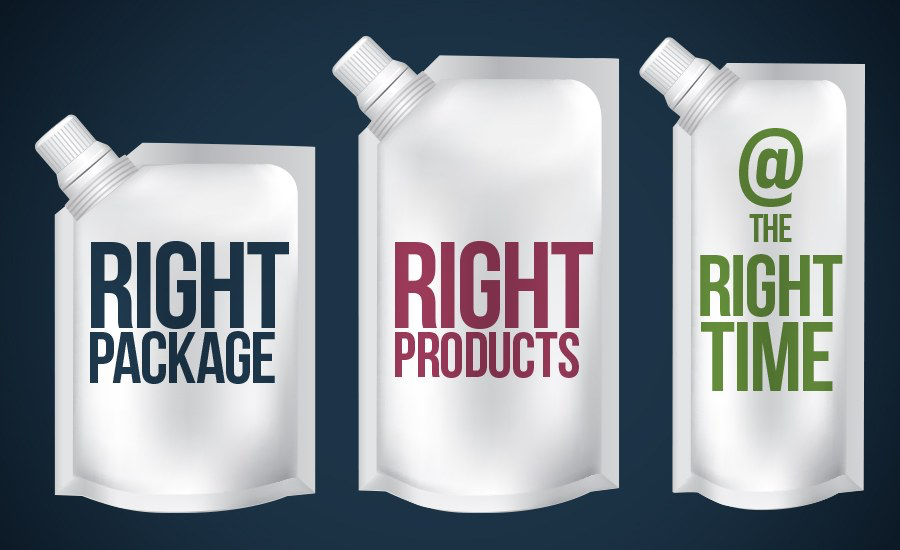
The changing lifestyles of today’s consumers—eating trends, eating habits and eating occasions—has led to a need for packaging that goes beyond just protecting the product. To drive growth and profitability, consumer packaged goods companies (CPGs) have a need for forward-thinking functionality that fits with the new demands from consumers.
This is why stand-up flexible packaging is beginning to dominate new product releases, growing by 30 percent from 2012 to 2015, according to Mintel. Manufacturers of baby food, yogurt, fruit purees, beverages and many other categories are converting to stand-up pouches to meet evolving consumer lifestyles and position their business for future growth.
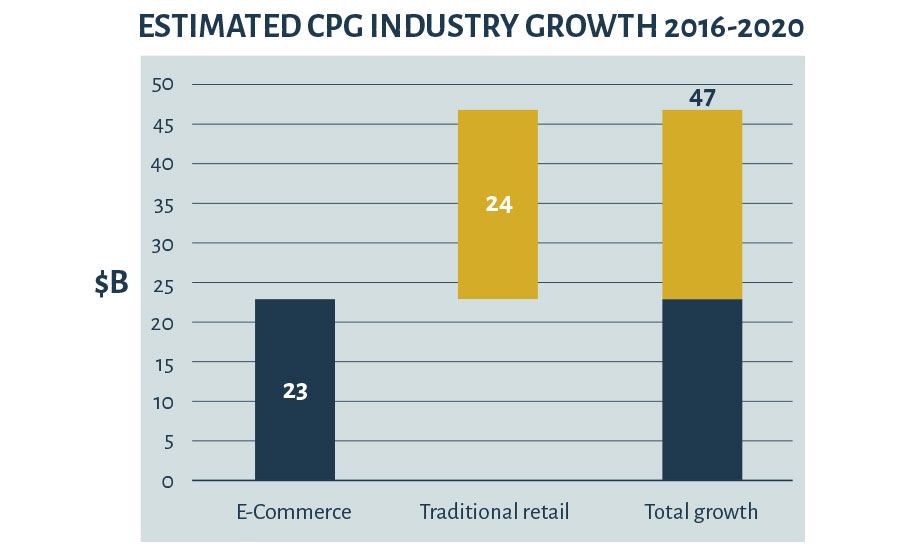
Prior to 2009, the North American marketplace for retail liquid pouches consisted primarily of juice pouch products targeted at children. Then in 2009, the spouted pouch was introduced in baby food and shelf-stable fruit categories. Since, the demand for pouches containing liquid or pumpable products beyond the juice pouch category in North America has grown from essentially zero to more than 2 billion pouches per year.
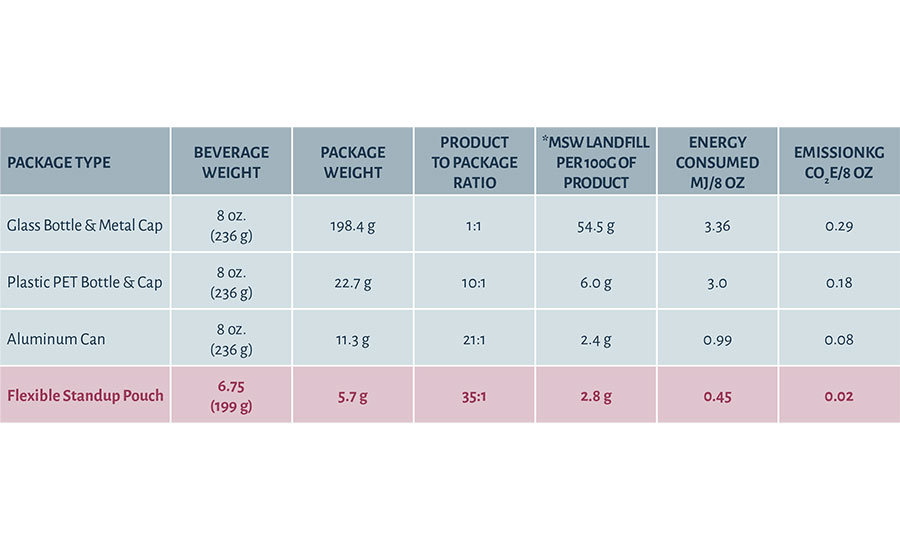
Form and Function
So, what is driving this growth? The pouch was the right package for the right products at the right time, delivering both form and function. Spouted pouches allowed toddlers to feed themselves, freeing mom and dad from the spoon as well as introducing an easy way to reclose the package. If the product wasn’t consumed in full, the rest could be stored easily. Squeezing the last bit of food out of a pouch is much easier than trying to scoop the last bit out of a rigid container. That means less food waste and improved value, which drives market growth.
In 2015, stand-up pouches accounted for 28.9 percent of all baby food packaging formats. Even more impressive is that stand-up pouches’ share of packaging formats grew 84.4 percent in one year, while virtually all other packaging formats saw a decrease in share in the category. Unit sales of baby food pouches increased 11.6 percent from 2014 to 2015, according to IRI Data.
IRI Data additionally reports that shelf-stable fruit in pouches also experienced the highest unit sales compared to any other packaging format in 2015, resulting in a 24.4 percent share of the market and a growth rate of 13.2 percent.
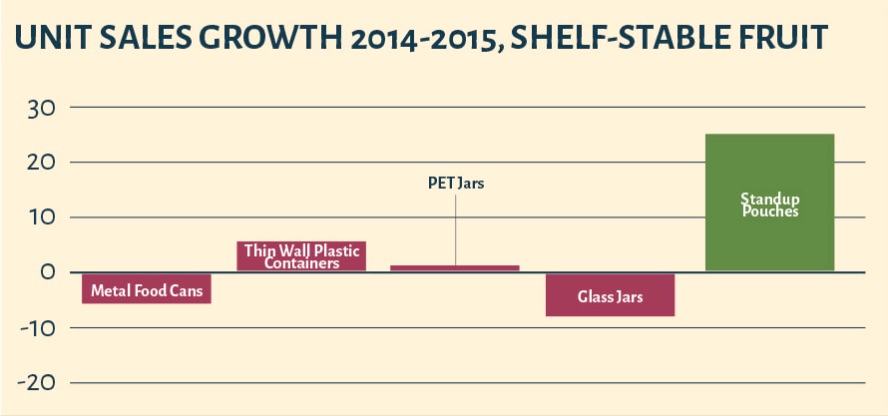
Beyond baby food and shelf-stable fruit pouches, product introductions of pouches without fitments for single-use soups, sauces, meals and beverages are also emerging and growing. These products deliver value to on-the-go consumers who live a fast-paced lifestyle but still demand quality and freshness.
Platform for Brand Growth
For CPG marketers, the millennial generation is the prime target audience for stand-up pouches. This dynamic segment, aged 21 to 38, accounts for 24.6 percent of the U.S. population and is projected to grow 2.6 percent by 2020, according to Mintel’s “Marketing to Millennials” study in 2015. Millennials are familiar with pouches since as children, they drank fruit juice from them. Today, these former juice drinkers are becoming parents themselves and are responsible for grocery shopping in their households. In fact, Fortune magazine says 51 percent of U.S. children have a millennial mother.
Pouches provide a platform for brand owners to deliver improved packaging functionality to millennials. A Mintel study shows that 74 percent of U.S. consumer indicate an easy-to-open package is important to them, while 55 percent indicate package portability is important. Additionally, 41 percent would select a product that is consumable on-the-go instead of a competitive offering that isn’t isn’t, according to Mintel’s July 2013 “Food Packaging Trends-US.” Pouches deliver the flexibility and performance that millennials are seeking. In fact, several brands have learned that augmenting their current rigid packaging with a pouch alternative does not cannibalize existing formats; it actually expands the entire market by expanding usage occasions.
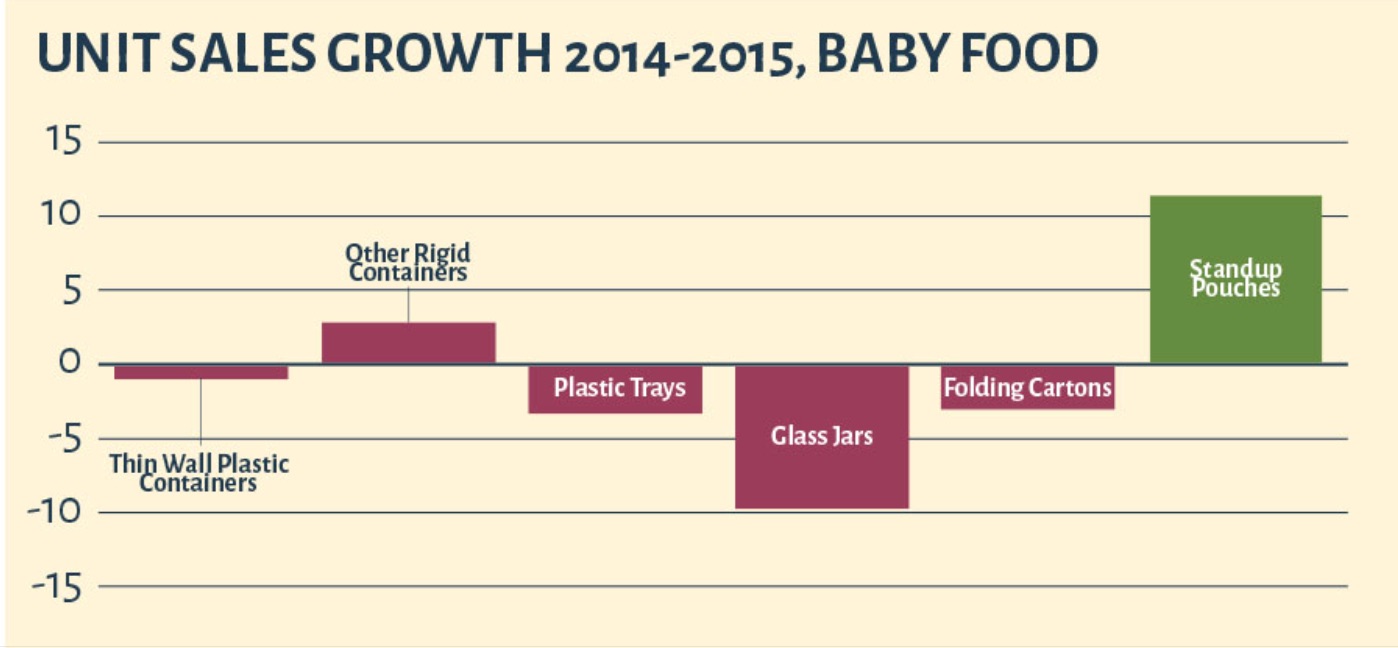
Technological developments to extend product shelf life and maintain product freshness, and still allow for increased functionality, have expanded the range and depth of product possibilities for the pouch as well. Recent pouch convenience innovations include microwaveable, retortable, self-venting pouches that double as a bowl.
Innovation among fitments and closures include a wide variety of expanded and improved functions related to easy opening, audible freshness cues, child safety, choke-resistance, controlled pour, tamper evidence and many other features.
As consumer hunger for organic products increases, flexible pouches have allowed brands to highlight product freshness in a variety of ways. Clear film structures allow consumers to view the goodness and product texture through a clear window area where there is no printing. This can positively impact brand profit because nearly 70 percent of food shoppers agree that it’s important to see the food inside the packaging.
Less Can Be More
Interest in all things natural doesn’t end with product quality. It extends to a sincere interest in protecting the earth and environment. Stand-up pouches offer improved sustainability compared to traditional packaging formats for a variety of reasons.
According to the “Study of Packaging Efficiency,” regardless of the materials used to construct flexible plastic packages or the much higher recycling rates of the materials used to produce rigid containers, “the best way to reduce materials going to landfills continues to be through the use of lighter weight packaging materials.”
Because stand-up pouches offer a product-to-package ratio of 35:1, their use helps decrease carbon dioxide emissions versus alternative packaging formats by up to 93 percent due to less pollution from transportation and a reduced carbon footprint. For example, one truckload of unfilled flexible pouches is equivalent to 26 truckloads of unfilled glass jars. That decreased space consumption associated with pouches also carries over into reduced warehousing costs for brands.
Future of Pouches
In the U.S., e-commerce continues to grow at a dramatic pace, putting pressure on traditional retail. According to the U.S. Department of Commerce, the e-commerce channel grew 14.6 percent in 2015 while total retail sales overall grew only 1.5 percent. While online sales currently account for 3 percent of the $795 billion CPG market, the projected four-year compounded growth rate of 18 percent means that nearly half the growth the industry will experience through 2020 will come through e-commerce. (Source Table: BCG, BI Intelligence, Kantar, Morgan Stanley, Bemis Analysis)
While e-commerce opens new doors for brands to grow and increase loyalty as consumers restock their favorite products using this channel, there are risks that need to be identified.
This direct-to-consumer scenario creates opportunities for damage during shipping since packaging designed for pallets is now in corrugated boxes, often with ad-hoc secondary packaging as its only protection. A broken baby food jar or leaky detergent bottle delivered to a doorstep is more of an inconvenience than an advantage to consumers. In fact, 41 percent of consumers negatively associate this with the brand—not the post office or shipping service—according to a 2016 Temando report on the state of shipping in commerce.
Across a wide variety of products, flexible packaging has tested better than traditional formats through the e-commerce distribution chain. Stand-up pouches are emerging as the ideal e-commerce package because they resist shattering like glass, denting like aluminum, tearing like corrugated or breaking like rigid bottles.
Shifting channels, new consumer purchase drivers and technological advances affecting product freshness, taste and performance on shelf all add up to a bright future for flexible packaging and pouches.
Although initially developed to deliver a simple beverage-
and-straw solution, pouches are increasingly proving that they can expand usage occasions, expand categories and enable brands to sell more product to more people for more money, more often.
Edit by Mark Moorhead - Brandpackaging
[ add comment ] ( 210 views ) | permalink |




 ( 3 / 1823 )
( 3 / 1823 )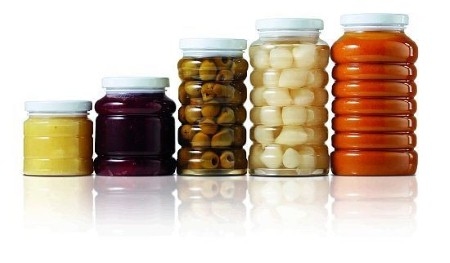
Hot on the heels of our first revolutionary ThermaLite® jar, launched in 2013, is a set of 5 new round jars specifically designed for the food market to replace glass packaging. The 100% PET jars can be hot or cold filled at temperatures up to 95°C and then pasteurised with most methods of pasteurisation, Plastipak is the only packaging specialist in Europe to offer this technology.
The jars are available in 5 sizes, ranging from 212ml to 720ml, all with a 63mm neck opening. They are perfect for food applications such as cooking sauces, pasta sauces, pesto, tomato-based products, pickled vegetables, relishes, chutneys, fruit purées, jams and spreads. And they are up to 85% lighter than glass.
For fillers, the shatterproof jars can be used on glass filling lines with little or no modification required. Line downtime and batch spoilage due to breakage is virtually eliminated, noise levels in the production environment are greatly reduced and less secondary packaging is required. As the same regular twist-off metal closures used for food are used with ThermaLite, this also has little impact on the filling line.
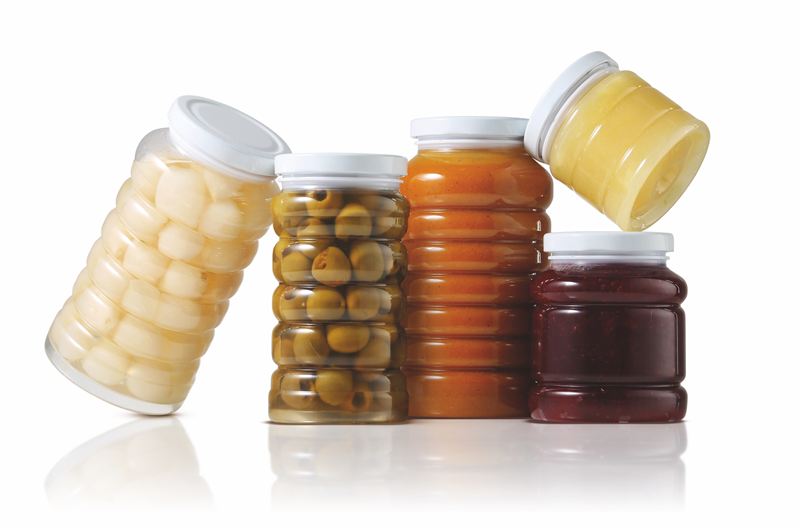
Because of their lightweight nature, the jars make a significant contribution to carbon footprint savings. Take the 375ml jar for example – with the weight saving over the glass equivalent and the slightly smaller footprint, around 19% more ThermaLite® jars can be transported in the logistical chain than glass counterparts. Based on a volume of 10 million jars, this equates to around 73 or 24% less trucks being used in comparison to glass.
For retailers, breakage and spoilage is also greatly reduced, increasing safety for all. And as the jars are shatterproof, the opportunity for cross-selling is increased.
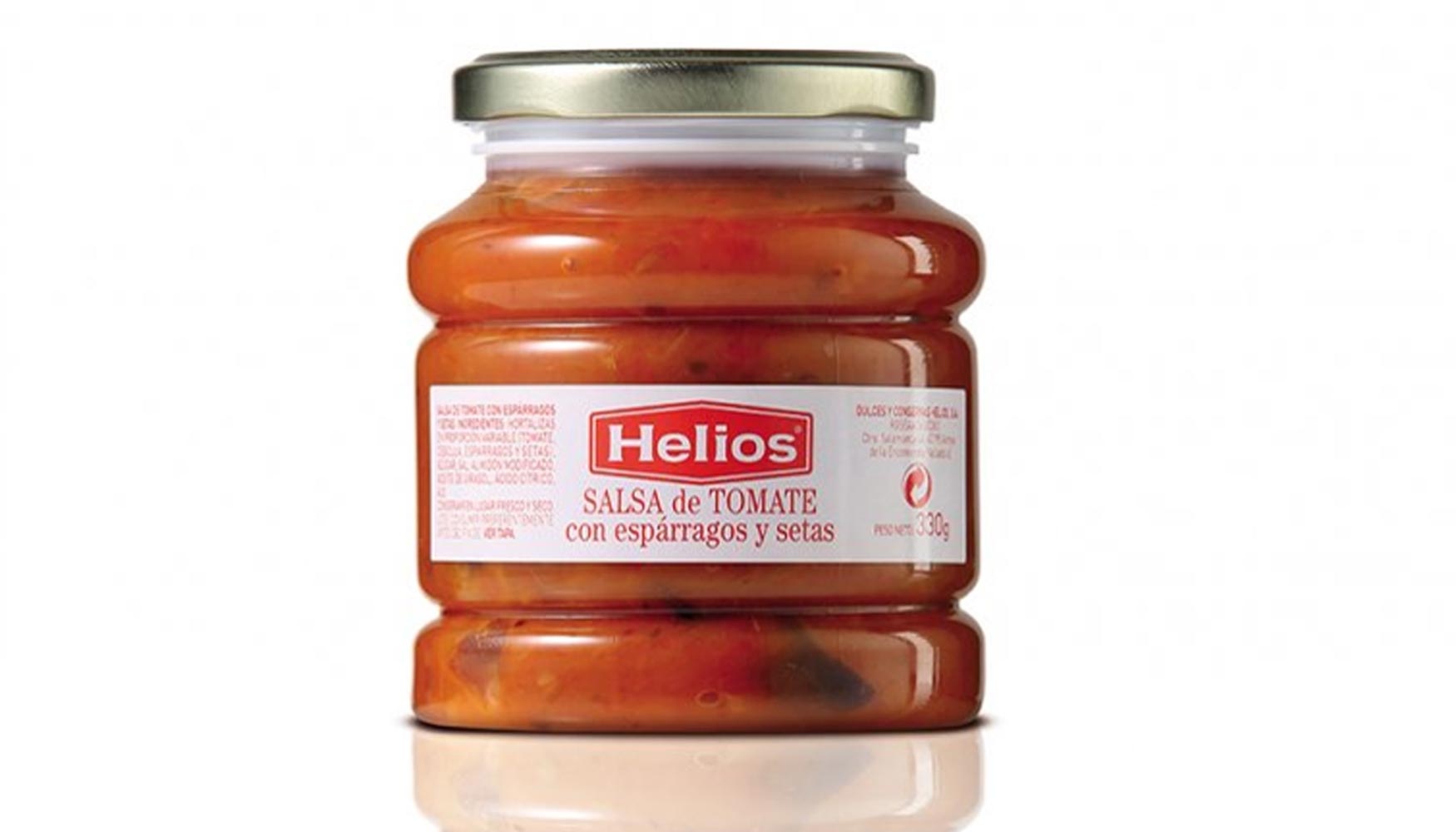
For consumers, the benefits of ThermaLite® are numerous. The perfect clarity of the jar allows the contents to be clearly seen and creates excellent on-shelf impact. The jars are easy to open and reclose with the metal twist-off cap providing familiarity. Easy to grip, pour and hold, the lightweight containers are also easy to recycle from home.
If you’d like to hear more about the new ThermaLite® range, or are interested in seeing how the technology would fit with your products, please contact Plastipak using the contact form in the Contact Us section, or give us a call.
Source : http://www.plastipakeurope.com
[ add comment ] ( 60 views ) | permalink |




 ( 3 / 1857 )
( 3 / 1857 )Improvements in caps, spouts, zippers and more have made pouches an enticing option in flexible packaging.
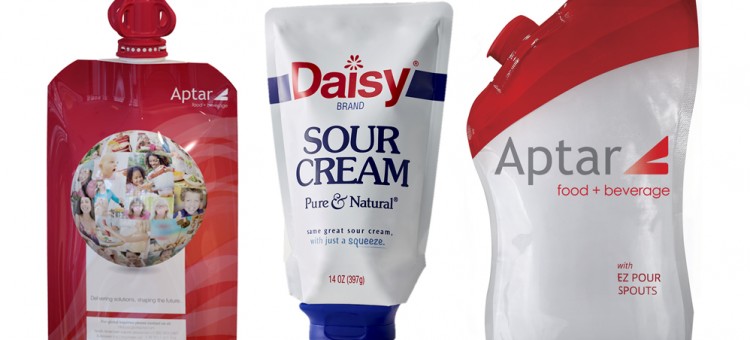
In retail, shifts in consumer purchasing decisions affect decisions made by brands. In packaging, there has been a significant shift toward flexible pouches, including those with closures that give consumers access to the product inside in a convenient, easy-to-use fashion. But variables such as lifestyle, potential for contamination and environmental concerns have also driven an increase in the development of flexible pouches with closures.
“Why would you want to scoop something out of a jar, for example, if you can squeeze it out of a pouch?” Evan Arnold, product development manager of Glenroy, says.
As more consumers adopt an on-the-go lifestyle, the products they purchase need to have the packaging to facilitate ease-of-use. Arnold explains that retail packaging in particular has been taking a turn toward more functional packaging. He continues by saying that in the coming years, he expects to see spouts, sprayers and squeezable pouches that fit with consumers’ lifestyles making major headway in the industry.
Consumers are also more willing to pay for convenience and for products they believe will be more suitable for their lifestyle. Dave Johnson, strategic business development manager for Aptar, a company specializing in dispensing systems for the packaging industry, explains that cost only matters to consumers to a certain point.
“Cost is a driver, but if the package is messier when used, harder to dispense or doesn’t perform well, then the small savings are short lived,” he says.
Johnson says that Aptar focuses on three flexible packaging categories: dispensing, inverted pouch/valve technology; and child friendly options.
Aptar’s dispensing fitments are designed with a flip top lid that enables the consumer to open and reseal the package more easily. These designs allow the consumer to pour or squeeze the product in a clean and convenient way. The majority of pouches with closures are in the food and beverage market, Johnson explains.
Inverted pouches are a relatively new concept in flexible packaging. Johnson points to one brand in particular that worked with Aptar to develop the perfect solution for its consumers’ needs. Daisy Sour Cream decided to use an inverted pouch with a flip lid closure and valve (branded as SimpliSqueeze) to increase the convenience and cleanliness of its product’s user experience.
Johnson explains that the SimpliSqueeze valve allows for clean dispensing of the sour cream by cutting off the product and preventing build up. The design also gives the consumer more directionality when applying sour cream to food, rather than using a spoon and trying to release the product from the spoon onto the desired area. Since the consumer is dispensing directly from the inverted pouch onto their food of choice, the risk of contamination from dirty utensils is eliminated. Also, because the need for a spoon or knife is eliminated, the consumer will create fewer dirty dishes, increasing convenience and cleanliness.
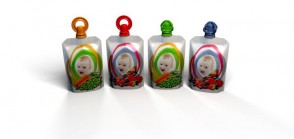
“Any other category where you can eliminate a knife or spoon, bring better accuracy when it comes to dispensing onto the dish or sandwich, anything that is easier for seniors or kids to use,” he says, “those are the categories that are very interested in the inverted pouch.”
Although Daisy is the first commercialized launch of an inverted pouch with a valve, Johnson explains that the success that the company has experienced with the packaging has resulted in wide market acceptance and that there are other food categories that are considering the packaging technology.
Child-friendly flexible pouches is an expanding market and is replacing rigid packaging, Johnson says. Child-friendly flexible packaging with closure options have many consumer benefits, ranging from tamper evident features, easy open options for toddlers and even the option using the SimpliSqueeze technology, which Johnson explains prevents spills from occurring if the pouch isn’t being actively squeezed. This anti-spill feature is valuable for beverages, such as for juices in a pouch.
He points to baby purees, applesauces and puddings in particular as a growth segment in spouted flexible packaging.
“I think that is driven by an on-the-go lifestyle; working families, busy moms and dads,” he says. “Being able to give a pouch to a toddler and have them independently feed themselves.”
But it also has to do with portability. Having baby food in a pouch instead of a glass jar makes for easier transport and storage.
Mercedes Candedo, new business development leader at Karlville, a global provider of flexible packaging equipment solutions, cites baby food and single servings for adult products as growing applications for spouted pouches.
“It is more convenient to carry a spouted pouch to the gym for example, rather than a bulky plastic bottle,” she says. “At Karlville, we offer manufacturing platform solutions for pouch making and spout inserting through thermal and/or ultrasonic technology welding. Ultrasonic technology allows for leak free, 100% recyclable pouches and a more efficient welding area, all key attributes that make this technology innovative and a winner when targeting sustainability goals.”
Candedo adds that spouted flexible pouches in large sizes — one liter and one gallon — are also growing in demand for multi-serve and food service segments. Raul Matos, VP of sales and marketing at Karlville, specifically mentions restaurants that don’t want to have to transport, handle and throw out large bottles.
Matos continues by saying that Karlville is focusing on two growth trends: single serve for food, and family size for home and personal care. He explains that these segments in particular are transitioning from rigid packaging to flexible pouches with spouts.
Another trend that Johnson points out is the consumer push toward more environmentally friendly packaging options. Spouted flexibles, in many cases, use less packaging and require less energy to produce, versus rigid packaging. He explains that flexible packaging can maximize the product to package ratio, over rigid formats.
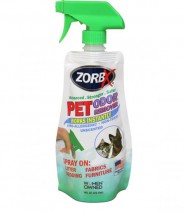
Arnold mirrors this idea, noting that consumer demands have shifted packaging decisions made by brands.
“We really view flexible packaging as a carbon footprint reduction in comparison to rigid bottles,” he says. “A lot of the time, brands will come to us and they’ve already made the decision to go with flexibles, even though the infrastructure is set up for bottles. They see this trend of consumers wanting brands to be more environmentally friendly, so they move toward flexibles to make that happen.”
Arnold adds that front-mounted tap and gland features that work as a spigot on the front of a flexible pouch are a popular option for wine packaging. However, he says that the most popular closure that Glenroy sees is the press to close zipper, although that is rapidly shifting, as consumers are willing to pay more for spouted pouches. One of the issues with press to close zippers, he explains, is that products in powder form, such as protein powders, can get stuck in the zipper, preventing full closure.
Johnson says in some cases, a spout may be added to a flexible package instead of a zipper because consumers are not always confident the zipper will be fully closed. This has also contributed to the rise of flip lid caps or spouts, which consumers tend to believe provide a strong seal.
As consumer trends and concerns continue to shift, the industry will continue to evolve, but for now, it seems like advances in closures for pouches have enabled brands to maintain product integrity while meeting consumer demands.
Edit by By Ashley Roberts who is the Senior Production Editor of the Printing & Packaging Group
[ add comment ] ( 27 views ) | permalink |




 ( 2.9 / 1377 )
( 2.9 / 1377 )
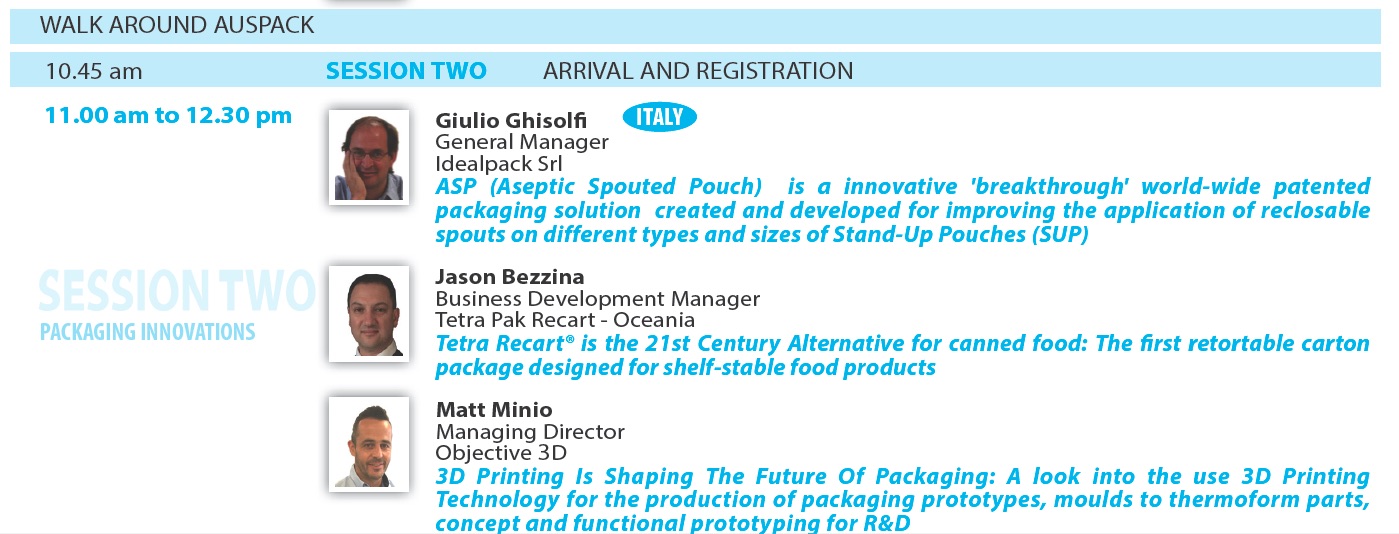
see more at:
http://aipack.com.au/wp-content/uploads ... rogram.pdf
[ add comment ] ( 52 views ) | permalink |




 ( 2.9 / 1904 )
( 2.9 / 1904 )

 Calendar
Calendar